Optimal Seasons for Foundation Repairs
Foundation repairs are most effectively performed during specific times of the year when soil conditions and weather patterns are favorable. Proper timing can help ensure the longevity and stability of the repair work, reducing the risk of future issues.
Spring and early fall are considered ideal for foundation repairs due to moderate temperatures and stable soil conditions.
Avoid repairs during extreme cold or heat, as soil movement can hinder repair effectiveness and cause additional complications.
Timing repairs when soil moisture is balanced prevents shifting or settling, which is crucial for foundation stability.
Early planning allows for repairs during optimal weather windows, ensuring better results and fewer delays.
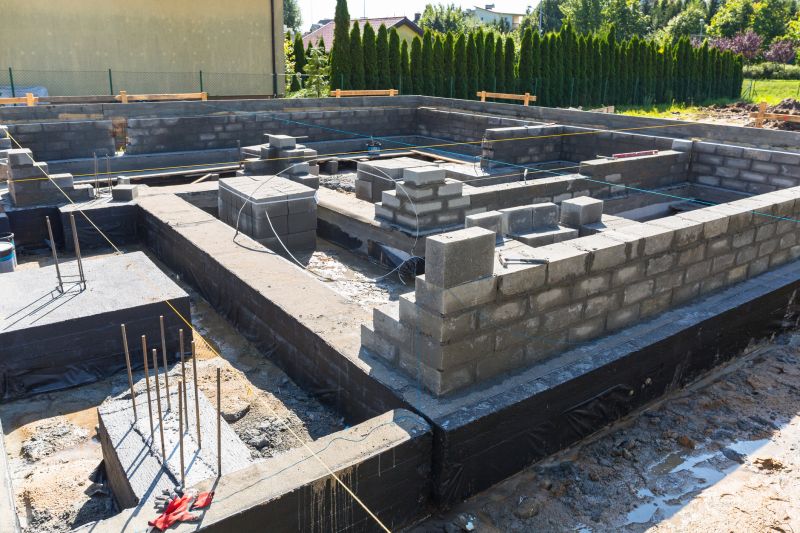
Spring offers moderate temperatures and moisture levels, ideal for foundation stabilization projects.
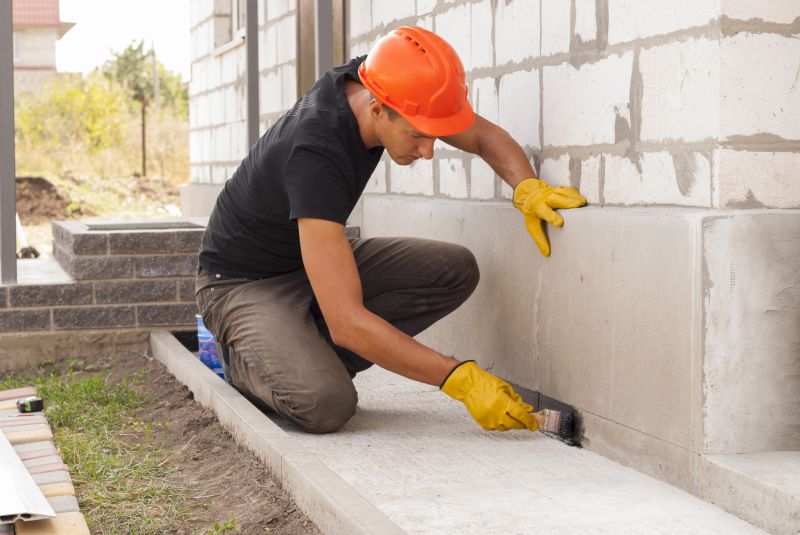
Summer repairs should be scheduled during cooler periods to avoid heat stress on materials and soil.
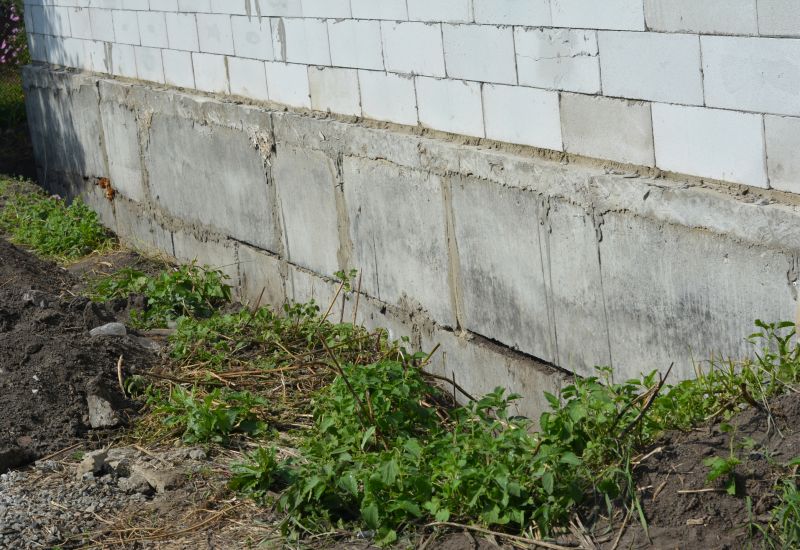
Early fall provides stable soil conditions and mild weather, suitable for foundation work.

Ways to make Foundation Repairs work in tight or awkward layouts.
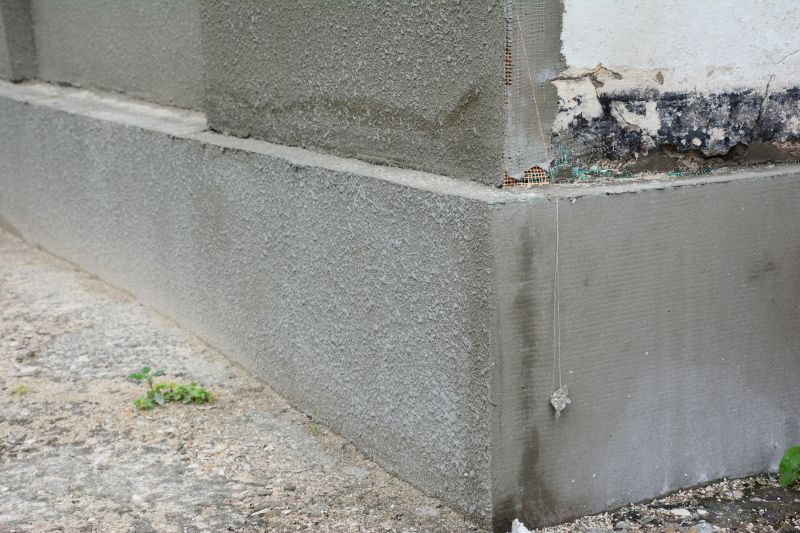
Popular materials for Foundation Repairs and why they hold up over time.
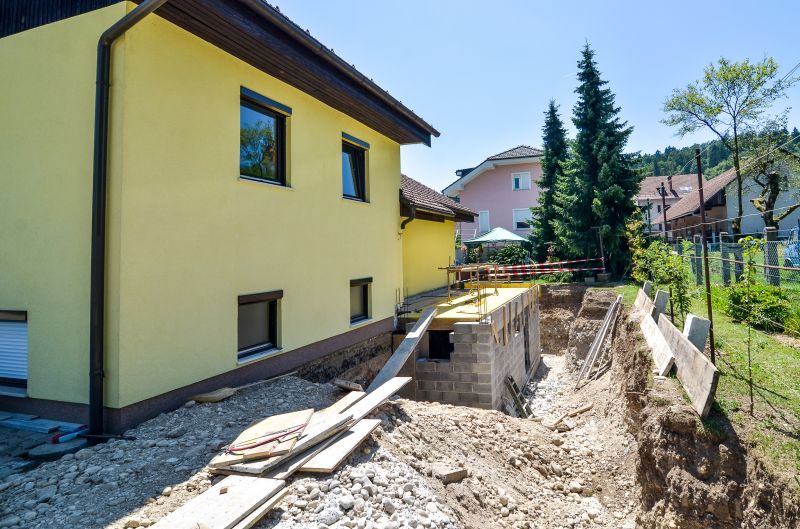
Simple add-ons that improve Foundation Repairs without blowing the budget.
| Season | Best Practices |
|---|---|
| Spring | Schedule repairs early in the season for optimal soil conditions. |
| Summer | Plan repairs during cooler periods to avoid heat-related issues. |
| Fall | Ideal time due to stable soil moisture and mild weather. |
| Winter | Generally not recommended due to frozen ground and soil movement. |
Foundation repairs involve stabilizing and strengthening the structural base of a building. These repairs can address issues such as settling, cracking, and shifting caused by soil movement, moisture changes, or poor initial construction. Proper timing ensures that repairs are durable and effective, minimizing future settlement or damage. Statistics indicate that addressing foundation issues promptly can prevent costly repairs down the line, with early intervention reducing repair costs by up to 50%. Understanding seasonal impacts on soil and weather conditions helps in planning repairs that last and maintain structural integrity.
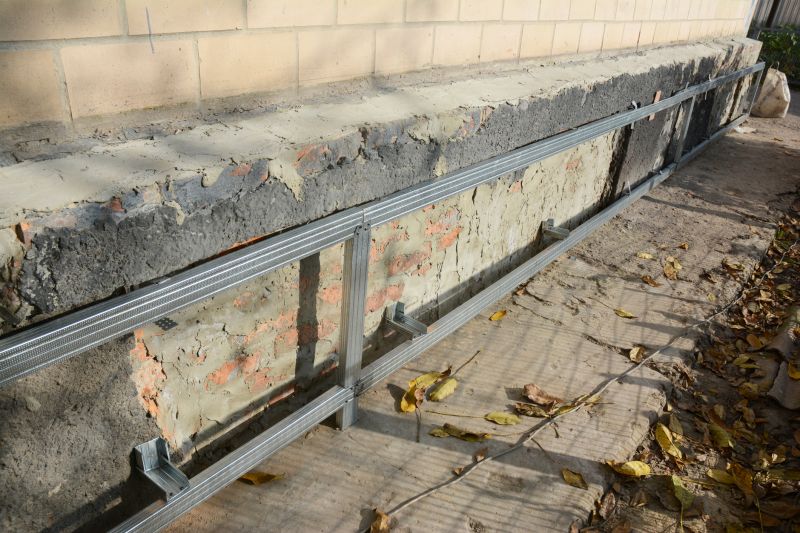
A comprehensive process that includes assessment, stabilization, and reinforcement techniques.
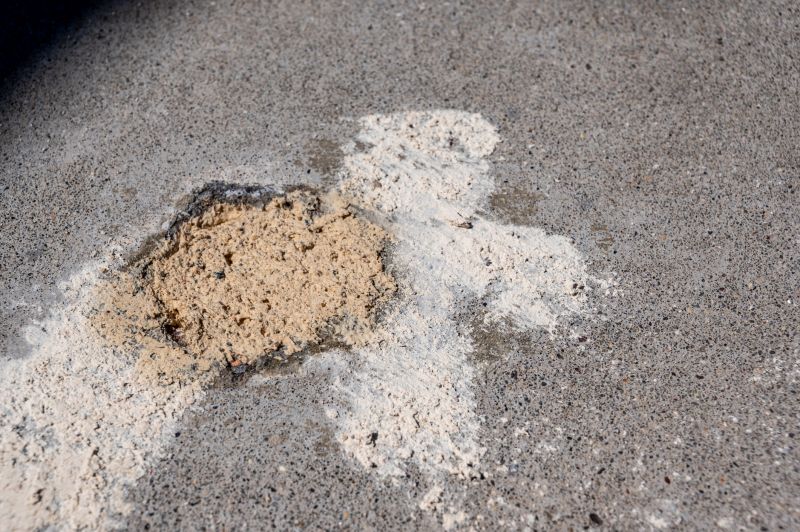
Methods such as mudjacking and piering to improve soil support before repairs.
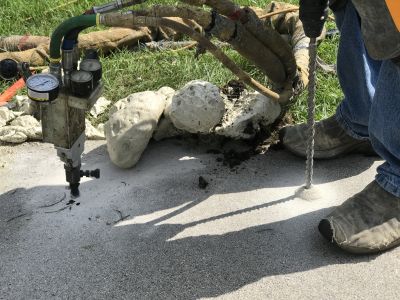
Heavy machinery and specialized tools ensure precise and effective repairs.
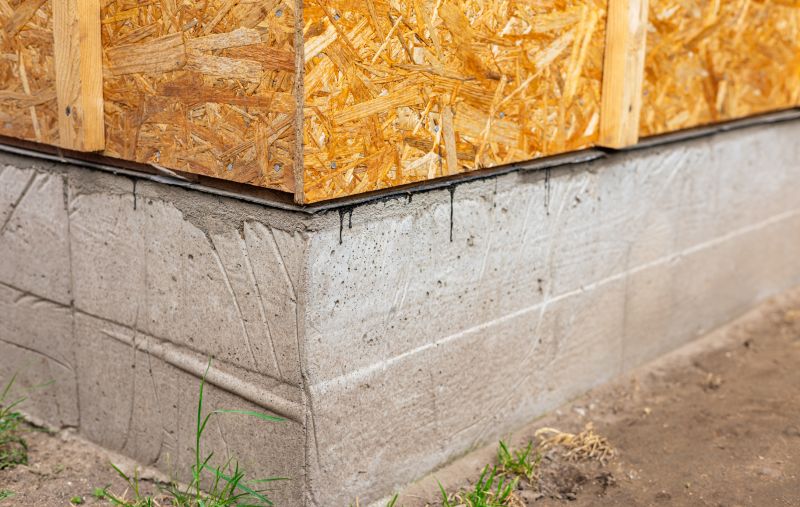
High-end options that actually feel worth it for Foundation Repairs.

Finishes and colors that play nicely with Foundation Repairs.
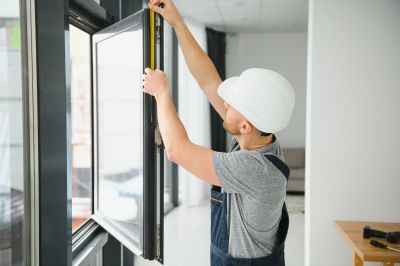
Little measurements that prevent headaches on Foundation Repairs day.
Choosing the right time for foundation repairs is vital for ensuring the stability and safety of a structure. Proper planning based on seasonal weather patterns and soil conditions can lead to more effective and longer-lasting repairs. Consulting with foundation specialists can help determine the most suitable timing based on specific site conditions.
Interested in foundation repairs? Filling out the contact form can provide more information about scheduling and assessing the best time to address foundation issues in Moline, IL.

